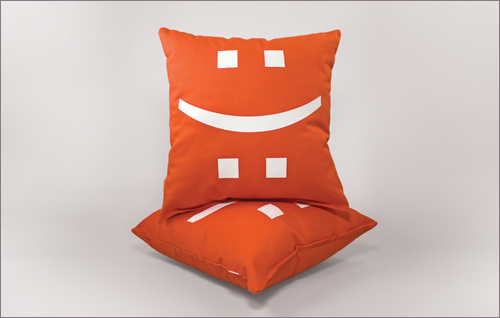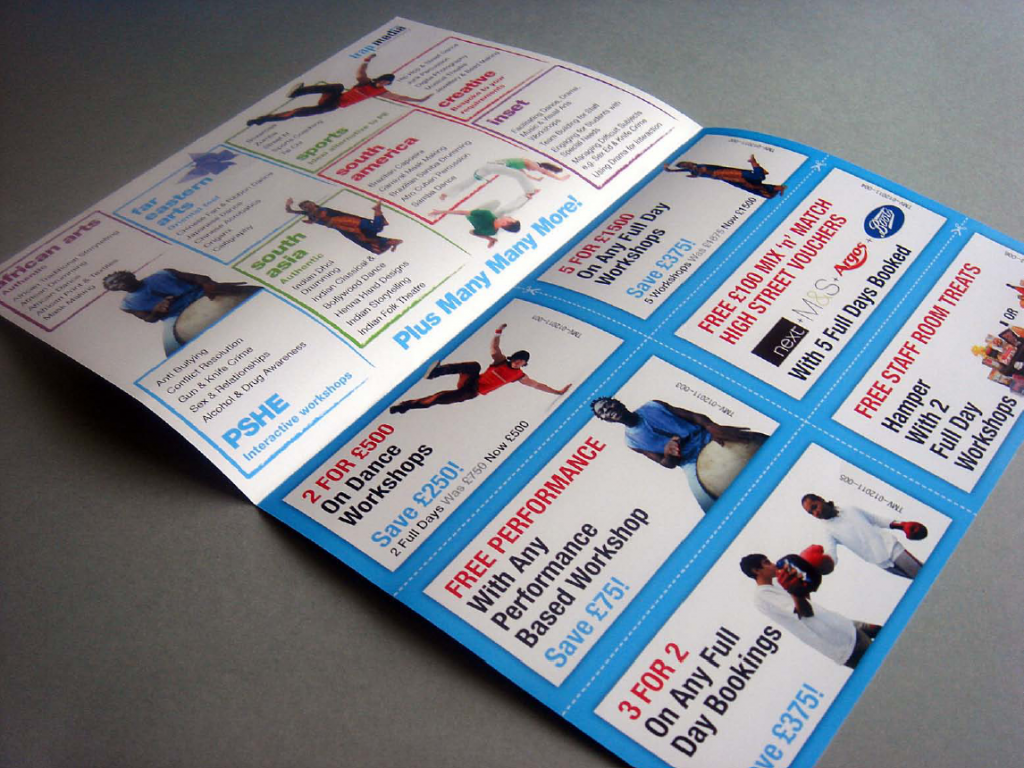So many small businesses do a poor job of marketing their services. They either think they can’t afford truly innovative campaigns, or they go with the flow and do what everyone else does. Either way, you don’t get the attention you wanted.
Brand design consultants DAAKE were determined to stand out in what Principal/Creative Director Greg Daake calls an “attention economy” with its own branding: “The goal is to get someone’s attention,” Daake says, “You can’t play the same note on a flute as everyone else is playing and expect to get heard. Instead bring a cowbell to the concert.”
DAAKE was featured in Visual Marketing for its unique approach to getting the attention of potential customers. Rather than sending a traditional piece of direct mail, which Daake says people won’t remember, the company instead sent bright orange pillows with emoticons for “happy” and “sad.” Who wouldn’t notice getting a fun pillow in the mail?
Color as a Strategy
The pillows could have been blue. Or multicolored. But there was a strategy in choosing orange, says Daake: “We’ve found that we can own the color orange and we insist that it’s the one thing our pieces will scream to the viewer. At the very least, associations can be made between that color and us.”
And as to why the company chose pillows rather than pens or other traditional tschotchkes, the company wanted to signify comfort, and give recipients something they would actually keep. To create further engagement with the 100 contacts DAAKE sent the pillows to, the company followed up with a short video showing the pillow having its own adventures. Sure beats that coupon I got in the mail today!
Don’t Just Get Out of the Box–Burn the Box Entirely
Daake encourages small businesses to think creatively when it comes to branding. “…do the opposite of everyone else,” he says, “Do something that is completely strange or innovative – at the very least different. If other people are [doing] 8.5 x 11, do an odd size. If other people are sending postcards – send cupcakes.”
Daake says that overnight successes are the stuff of myths. He says rather than aiming to be a flash in the pan, you’d do better to commit to building a reputation and never compromising it.
“The best way is to relentless trudge through the ups and downs sticking to the path you believe in. That will attract the right kinds of customers/clients.”



